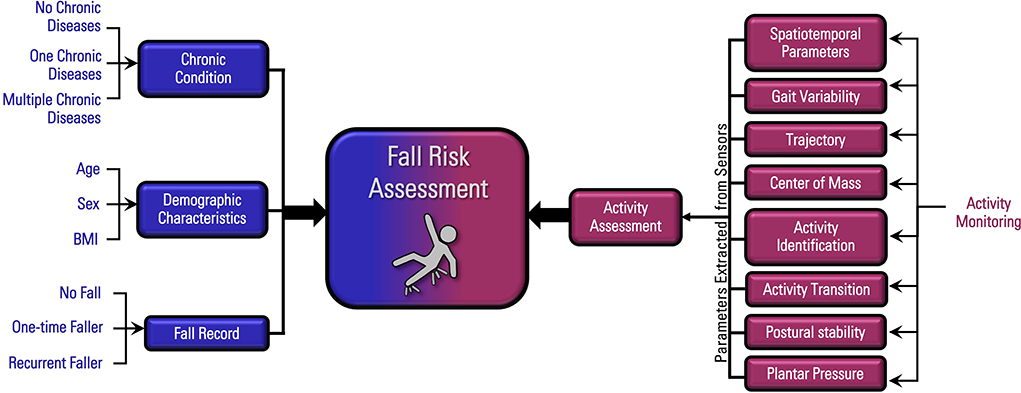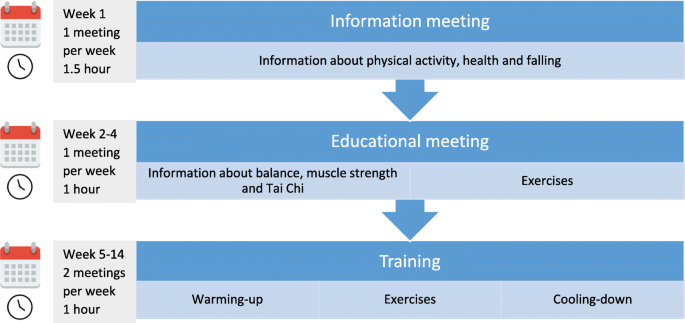The Best Guide To Dementia Fall Risk
The Best Guide To Dementia Fall Risk
Blog Article
Dementia Fall Risk - Questions
Table of ContentsThe Ultimate Guide To Dementia Fall RiskThe Basic Principles Of Dementia Fall Risk Top Guidelines Of Dementia Fall RiskNot known Details About Dementia Fall Risk Dementia Fall Risk Fundamentals Explained
You may be nervous due to the fact that you've had a loss before or due to the fact that you have actually discovered you're beginning to really feel unstable on your feet. You could have discovered adjustments to your health, or just really feel like you're reducing a little. Whatever the factor, it isn't uncommon to become mindful and shed confidence, and this can stop you doing the important things you made use of to do and make you really feel extra isolated.If you've had an autumn or you have actually begun to really feel unsteady, tell your physician also if you feel great or else. Your medical professional can examine your balance and the method you stroll to see if enhancements can be made. They may have the ability to refer you for a drops danger analysis or to the falls avoidance solution.
This details can be gotten through interviews with the person, their caretakers, and a review of their medical records. Begin by asking the specific concerning their history of falls, consisting of the regularity and circumstances of any type of recent falls. Dementia Fall Risk. Ask about any movement issues they might experience, such as unstable or trouble walking
Conduct a complete testimonial of the person's drugs, paying particular attention to those known to enhance the danger of falls, such as sedatives or medicines that reduced blood pressure. Figure out if they are taking several drugs or if there have actually been current adjustments in their medicine program. Assess the individual's home setting for prospective dangers that might increase the risk of falls, such as poor lighting, loosened carpets, or lack of grab bars in the bathroom.
The Ultimate Guide To Dementia Fall Risk
Guide the individual via the autumn risk evaluation kind, explaining each inquiry and taping their responses properly. Guarantee that the individual comprehends the objective of the evaluation and feels comfortable providing straightforward responses. Determine the complete danger score based upon the responses supplied in the assessment kind. Determine the individual's threat classification (reduced, medium, or high) based upon the overall rating and the presence of automated high-risk standing variables.
This plan might include exercise programs to boost strength and balance, drug adjustments, home adjustments, and referrals to various other professionals as needed. Consistently keep track of the person's development and reassess their danger of drops as required. Modify the treatment strategy based upon adjustments in their health condition or home atmosphere. Give ongoing education and support to promote security and lower the threat of falls in their daily living activities.
Several researches have actually revealed that physical therapy can help to minimize the threat of dropping in grownups ages 65 and older. In a brand-new research study (that took a look at falls threat in ladies ages 80 and older), researchers calculated the financial influence of selecting physical therapy to prevent drops, and they discovered that doing so saves $2,144, including all the surprise prices of your time, discomfort, missed out on life events, and the bucks spent for services.
Some Ideas on Dementia Fall Risk You Should Know
Analyzing your balance, stamina, and strolling ability. A home safety analysis. Based on the examination results, your physical specialist will certainly design a plan that is tailored to your certain demands.
Older adults that have trouble strolling and talking at the same time are at a higher danger of dropping. Dementia Fall Risk. browse this site To help enhance your security during everyday tasks, your physical therapist may develop a training program that will test you to maintain standing and strolling while you do an additional task. Instances consist of strolling or standing while counting in reverse, having a discussion, or carrying a bag of groceries
Your physiotherapist likewise can determine which activities you must prevent to stay risk-free. Community-based drops avoidance programs assist people to: Decrease their worry of falling. Set goals for increasing their exercise. Make their homes much safer. Exercise extra to increase their Recommended Site toughness and balance. These programs typically are led by volunteer trainers.
How Dementia Fall Risk can Save You Time, Stress, and Money.

Measles, or rubeola, is a very infectious, severe viral infectious disease caused by the measles infection. Some people think about measles as simply a rash and high temperature that clears in a couple of days; nonetheless, measles can trigger major health and wellness problems, especially in children more youthful than 5-years-old. The finest security against measles is the measles, mumps, and rubella (MMR) injection.
Falls are a common reason for injury amongst older adults. According to the CDC, in one year alone, fall-related injuries added to over $50 billion in medical expenses (Dementia Fall Risk). In medical facility settings, older adults go to especially high risk of drops since their decreased flexibility from being confined to a space or bed.
The Dementia Fall Risk PDFs

She has no history of falls, her stride is constant, and she nullifies with no problems. The previous registered nurse states that she calls for aid to the bathroom when she needs to go.
Instances of common loss interventions/measures include: Making certain a client's necessary things are within reach. Past recognizing exactly how to utilize the Johns Hopkins Loss Threat Analysis Tool, it's vital that facilities integrate its usage right into a much more thorough autumn avoidance plan.
Report this page